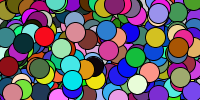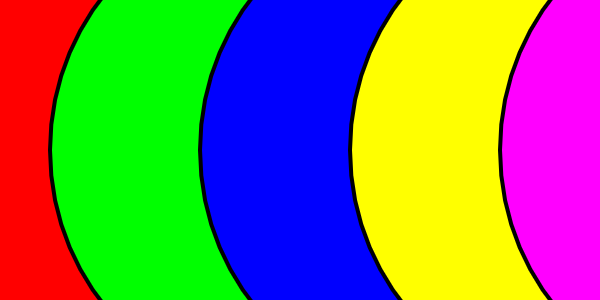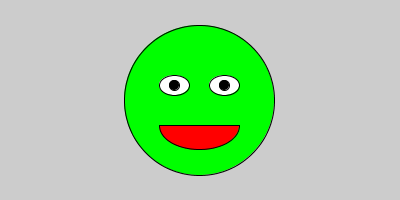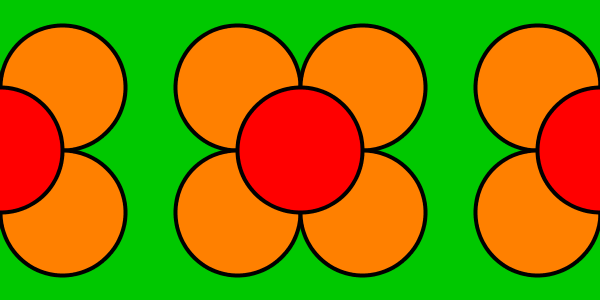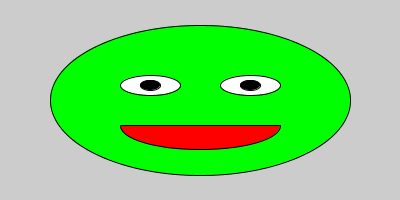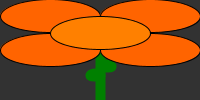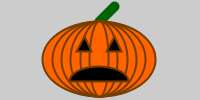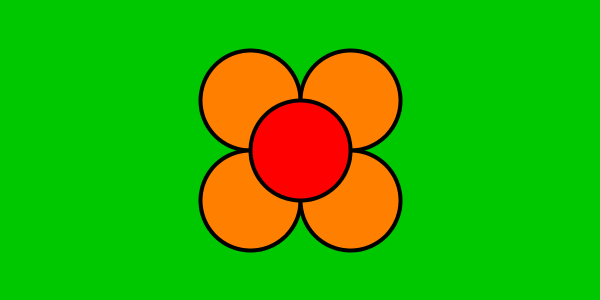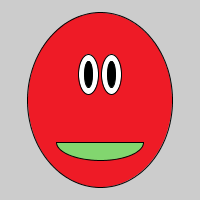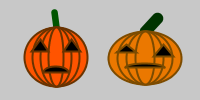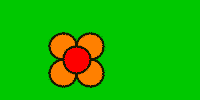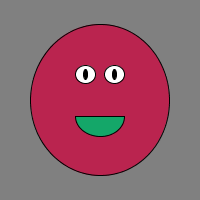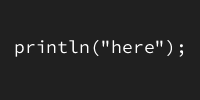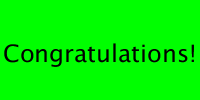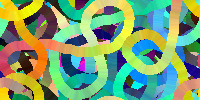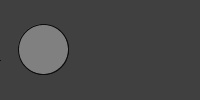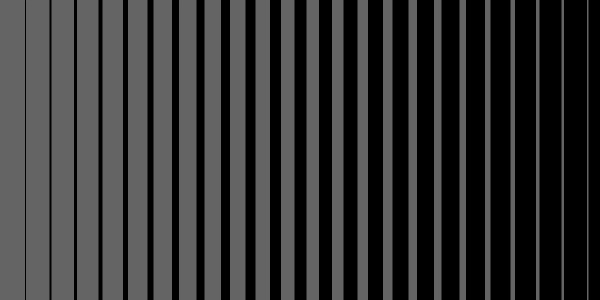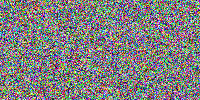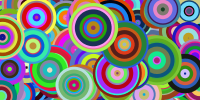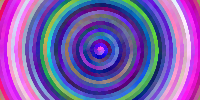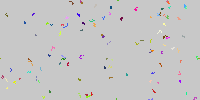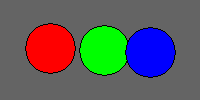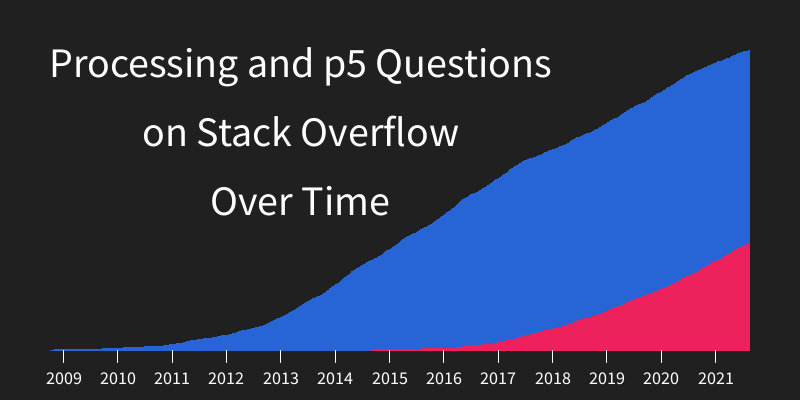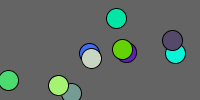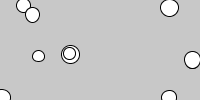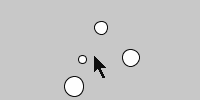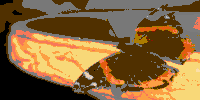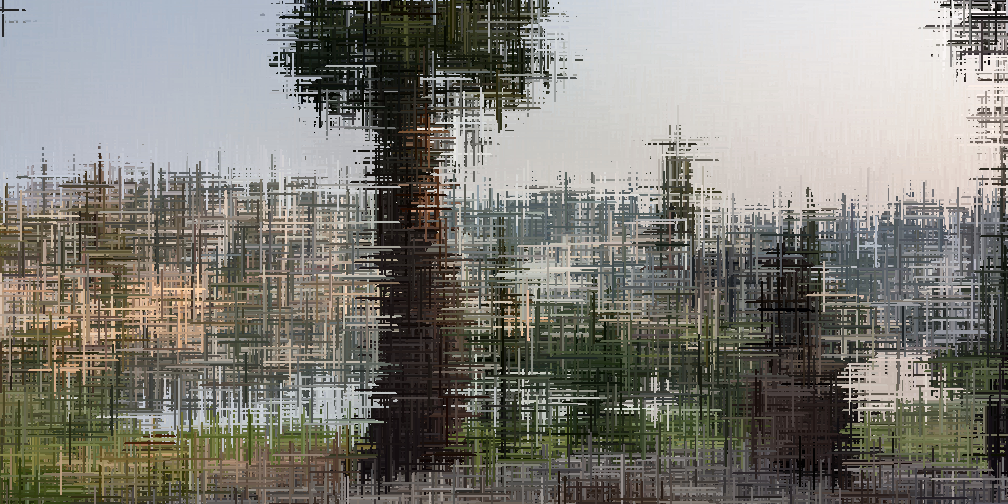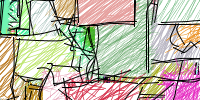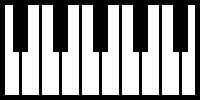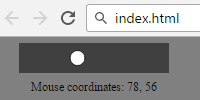Random Walkers
Random Walkers
Note: This example uses parallel arrays. In other words, we’re storing our data across multiple arrays. This is a good way to learn about arrays, but in real life you should use classes instead of parrallel arrays. If you haven’t learned about classes yet, don’t worry about it too much.
This example takes the previous Random Walker example and uses the mousePressed() function to add a new random walker whenever the user clicks.
float[] x = new float[0];
float[] y = new float[0];
float[] r = new float[0];
float[] g = new float[0];
float[] b = new float[0];
void setup() {
size(200, 200);
background(200);
noSmooth();
frameRate(1000);
}
void draw() {
for (int i = 0; i < x.length; i++) {
x[i] += random(-1, 1);
y[i] += random(-1, 1);
if (x[i] < 0) {
x[i] = width;
}
if (x[i] > width) {
x[i] = 0;
}
if (y[i] < 0) {
y[i] = height;
}
if (y[i] > height) {
y[i] = 0;
}
stroke(r[i], g[i], b[i]);
point(x[i], y[i]);
}
}
void mousePressed() {
x = append(x, mouseX);
y = append(y, mouseY);
r = append(r, random(256));
g = append(g, random(256));
b = append(b, random(256));
}
This code uses the append() function which takes an array and a new element, and returns a new array that contains everything the first array held, plus the new element. By setting our arrays equal to these new arrays, we’re essentially adding new values to the arrays.

See the Pen by Happy Coding (@KevinWorkman) on CodePen.
Tweak Ideas
- What happens if you use the
mouseDragged()function instead of themousePressed()function? - Instead of completely random colors, choose random colors from a range: orange and black, or different shades of red, etc.
- Base the movement direction of each random walker off the direction the mouse is moving when the user clicks.
